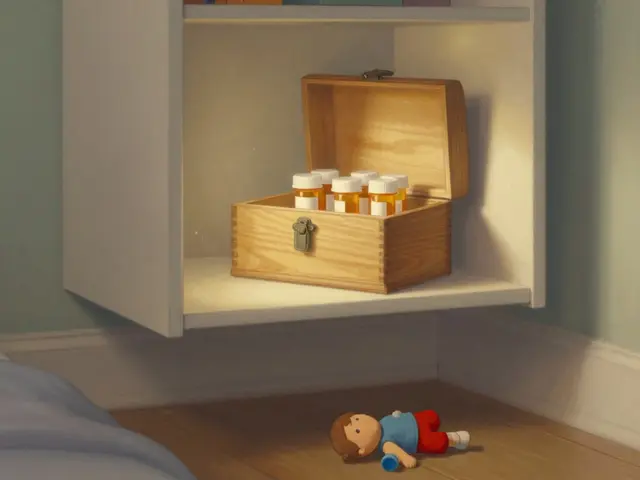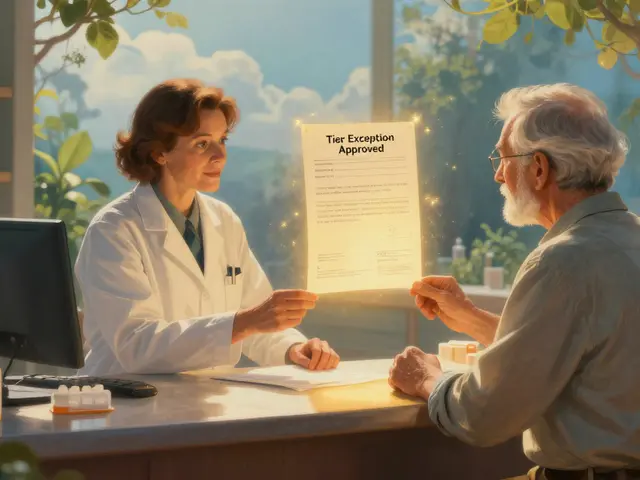Low-Density Lipoprotein (LDL): What It Means and How to Lower It
LDL stands for low-density lipoprotein — the form of cholesterol often called “bad” because too much of it speeds up plaque build-up in your arteries. You do need cholesterol, but high LDL raises your risk of heart attack and stroke. This page gives plain, useful steps to understand your LDL number and lower it without guesswork.
Start with a lipid panel. That blood test shows LDL, HDL, total cholesterol, and triglycerides. For most people, an LDL under 100 mg/dL is a reasonable goal. If you already have heart disease or are at high risk, doctors often aim for under 70 mg/dL. Borderline ranges exist (100–129 mg/dL is near-optimal; 130–159 is borderline high; 160–189 is high; 190+ is very high and may need specialist care).
Practical steps to cut LDL
Diet changes make a big difference. Swap butter and fatty cuts of meat for olive oil, avocado, and lean proteins. Eat more soluble fiber — think oats, beans, lentils, apples, and carrots — which helps your body clear cholesterol. Add plant sterols or stanols through fortified foods or supplements; they can lower LDL by a measurable amount when used regularly. Aim for two servings of fatty fish a week (salmon, mackerel) and snack on a small handful of nuts instead of chips.
Move more. Aim for 30 minutes of moderate aerobic activity most days. Exercise raises HDL (the “good” cholesterol) and helps lower LDL, especially if you lose excess weight. Even a daily brisk walk and cutting sugary drinks helps. Quit smoking if you can — smoking worsens artery damage and lowers HDL.
When medications are needed
If lifestyle changes don’t get you to target, medicines are effective. Statins are first-line: they lower LDL and reduce heart attacks. If statins alone aren’t enough, doctors may add ezetimibe or newer options like PCSK9 inhibitors (alirocumab, evolocumab) or bempedoic acid. Talk with your clinician about pros, side effects (like muscle aches with statins), and monitoring plans — most people need baseline blood tests and periodic follow-up.
Know your risk level. Tools such as the ASCVD 10-year risk calculator help decide how aggressive treatment should be. A strong family history or very high LDL in a young person can mean familial hypercholesterolemia, which needs faster, more intensive care.
Testing frequency varies: many adults get checked every 4–6 years; people with risk factors, diabetes, or on therapy need testing more often. Practical tip: track one small change each week — swap full-fat dairy for low-fat, add a daily bowl of oats, or replace one processed snack with fruit. Those small wins add up and usually lower LDL over months.
If you want help interpreting a recent lipid panel or comparing treatment options, bring your results to your clinician or pharmacist. Controlling LDL is one of the clearest ways to protect your heart over the long run.
The Connection Between Low-Density Lipoprotein and Eye Health
As a blogger, I've recently discovered the fascinating connection between Low-Density Lipoprotein (LDL) and eye health. It's crucial to understand that high levels of LDL, often referred to as "bad cholesterol," can have negative effects on our eyes, potentially leading to conditions like age-related macular degeneration (AMD) and cataracts. Moreover, maintaining a healthy diet and lifestyle can help regulate our cholesterol levels and thus protect our vision. In conclusion, it's essential to keep an eye on our cholesterol levels to ensure our eyes remain in good health. So, let's make sure to keep our hearts and eyes happy by managing our LDL intake!
Read More




